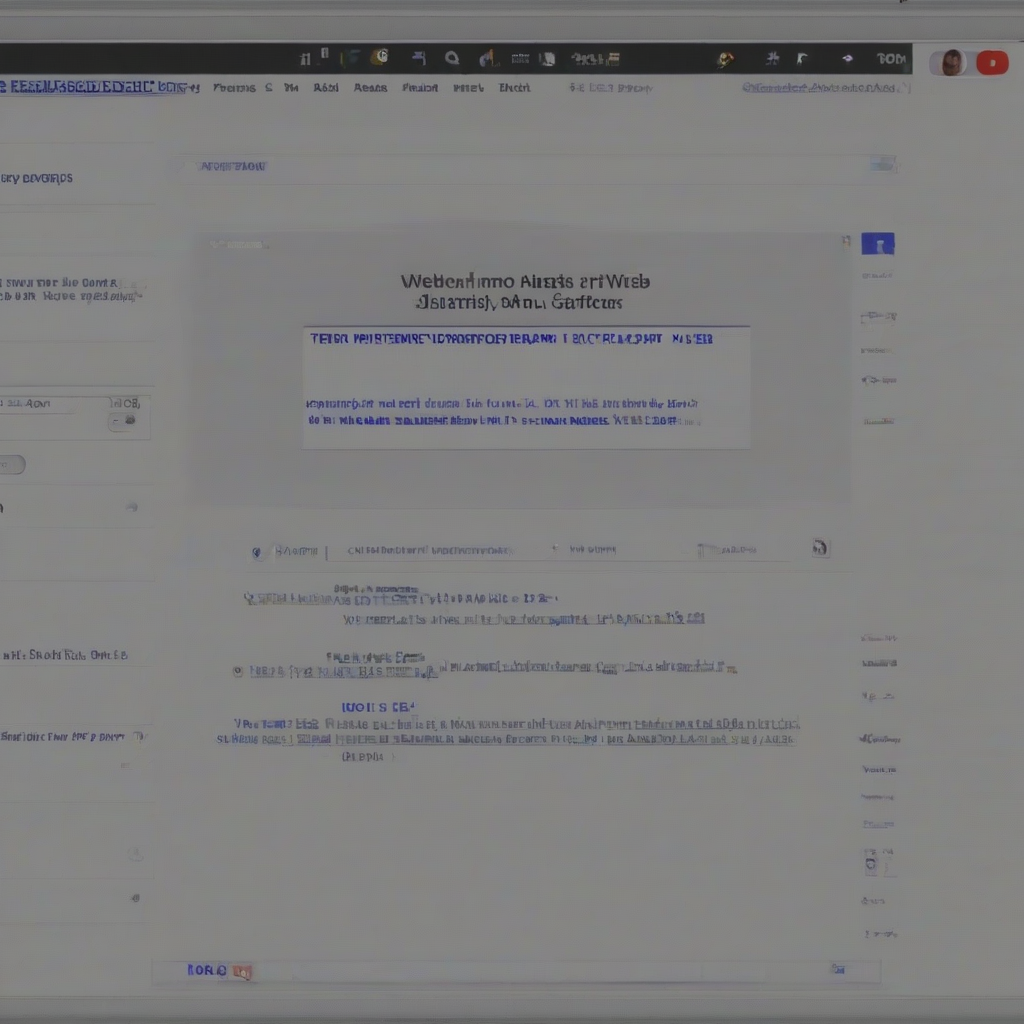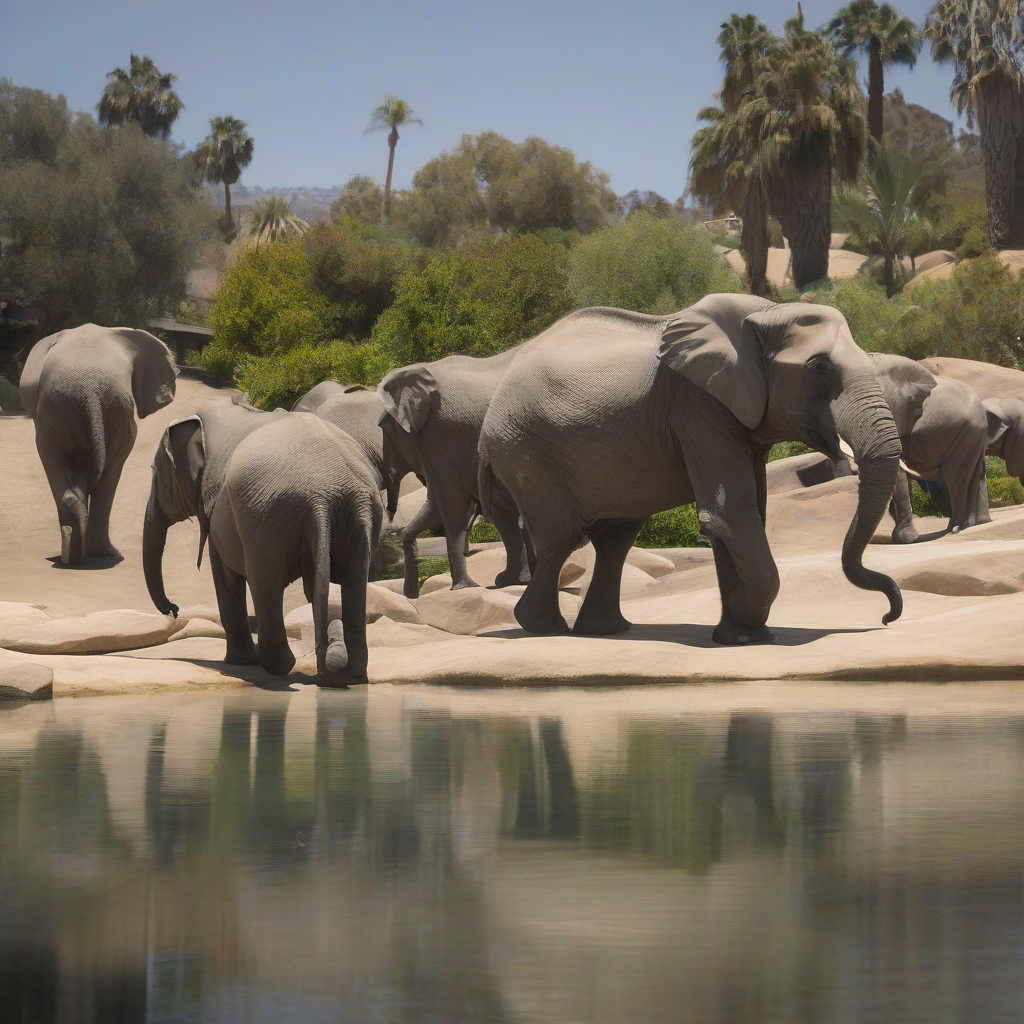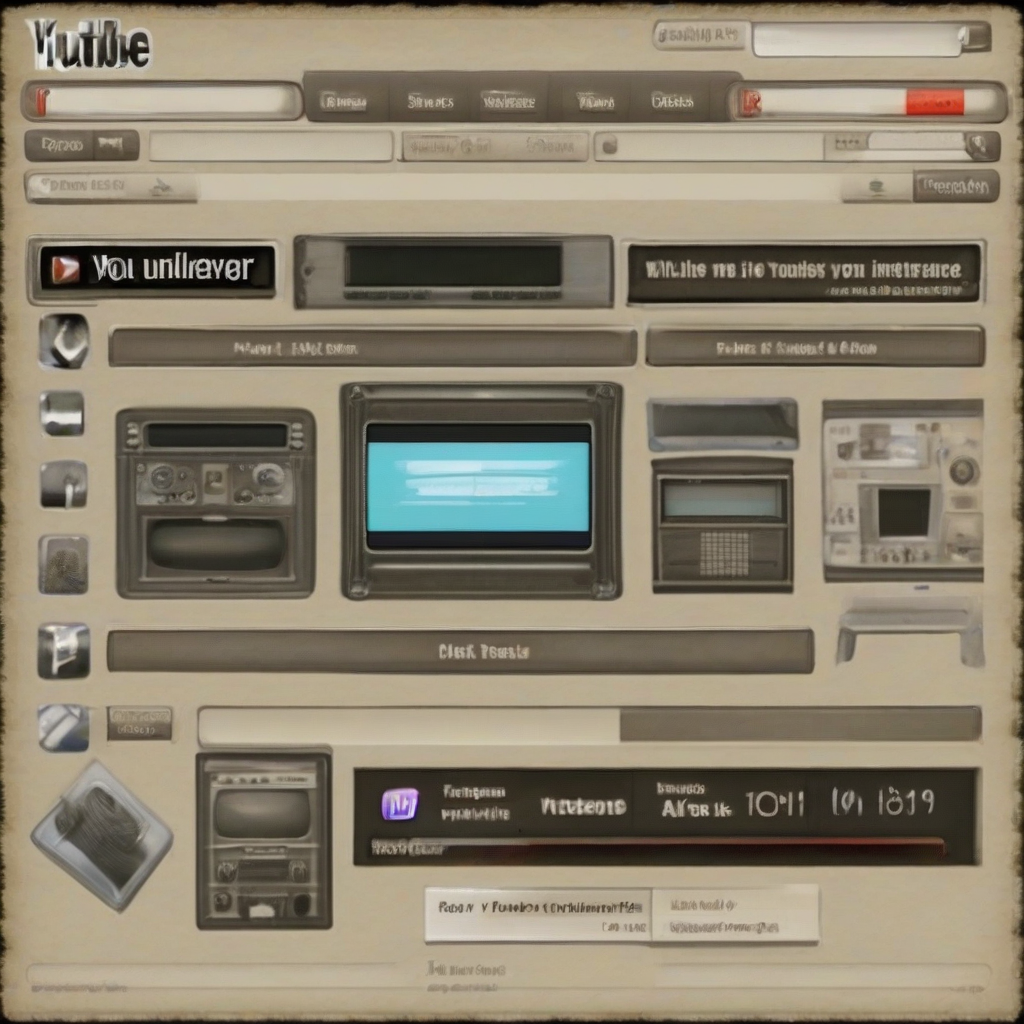Me at the Zoo: A Deep Dive into Jawed's YouTube Debut
On a seemingly ordinary day, a young Jawed Karim uploaded a video to a fledgling platform called YouTube. This wasn't just any video; it was the very first video uploaded to the site that would go on to become a global phenomenon. Entitled "Me at the zoo," this 19-second clip features Jawed himself standing in front of elephants at the San Diego Zoo, offering a brief, almost hesitant, commentary. The simplicity of the video is striking, yet its historical significance cannot be overstated. This seemingly unremarkable video marks the genesis of a cultural revolution, transforming how we consume, create, and share content online.
Let's delve deeper into this foundational moment in internet history. What makes "Me at the Zoo" so significant, and what can we learn from its humble beginnings? The video itself is remarkably unpolished. The quality is grainy, the sound is somewhat muffled, and the content is minimal. Jawed simply stands in front of the elephant enclosure, occasionally uttering a word or two. There's no elaborate editing, no fancy effects, no attempt at viral marketing. It’s raw, authentic, and utterly devoid of the production values we've come to expect from modern YouTube content.

This lack of polish is, paradoxically, one of the video's most compelling aspects. It underscores the early days of YouTube, a platform still finding its feet, still grappling with its identity. The video reflects the nascent spirit of online video sharing: a space for simple, unfiltered expression. There was no pressure to achieve perfection, no expectation of millions of views, no algorithm to appease. It was simply a person sharing a moment in their life with a nascent online community. This unfiltered authenticity is incredibly rare in today's highly curated online environment.
The choice of subject matter – elephants at the zoo – further emphasizes the casual, almost accidental nature of the video. It's not a meticulously planned production; it's a spontaneous moment captured and shared. The elephants themselves serve as a backdrop, a quiet observer to this historic event. Their presence lends a sense of scale and grandeur, subtly contrasting with the simplicity of the video's content. Their calm and majestic nature provides a sense of tranquility, a peaceful counterpoint to the technological revolution that the video represents.

Considering the context of 2005, the year the video was uploaded, the technological limitations are noteworthy. High-definition video was not yet ubiquitous; uploading a video to the internet was not as straightforward as it is today. The very act of uploading "Me at the Zoo" was a technological feat, a demonstration of the evolving capabilities of the internet and the burgeoning potential of online video sharing. The video’s low resolution and compression artifacts are a physical manifestation of this early digital landscape, a testament to the primitive technology that made this historical moment possible.
Beyond the technical aspects, "Me at the Zoo" encapsulates a broader shift in how we interact with technology and communicate with each other. The video foreshadows the rise of social media, the democratization of content creation, and the profound impact of online video on culture. It's a glimpse into a time when the internet was still evolving, when the possibilities felt limitless, and when the act of sharing itself was revolutionary.
The video's brevity is also a key factor. Its 19-second runtime emphasizes the immediacy and accessibility of the platform. There's no commitment required from the viewer; it's a quick, digestible piece of content that can be easily consumed and shared. This brevity is in stark contrast to the longer-form video content that often dominates YouTube today. It serves as a reminder of the platform’s evolution, from short, spontaneous clips to meticulously produced, hour-long videos. This concise nature speaks volumes about the early days of online video, an era characterized by short attention spans and a desire for rapid content consumption.

In retrospect, “Me at the Zoo” is more than just a video; it's a cultural artifact. It's a snapshot of a pivotal moment in internet history, a testament to human ingenuity and the power of shared experiences. It’s a reminder that even the most impactful innovations can begin with a simple, seemingly insignificant act. The legacy of this 19-second video extends far beyond its modest length; it represents the dawn of a new era in communication and entertainment, forever changing how we interact with the world and each other. Jawed Karim’s simple video opened the door for countless creators, artists, and everyday people to share their stories, their perspectives, and their lives with a global audience. It established the foundation upon which a billion-dollar industry was built, and laid the groundwork for a platform that would fundamentally transform society. The unassuming "Me at the Zoo" stands as a powerful reminder that groundbreaking innovations often start with small, humble beginnings. The world changed on that day in 2005, with a simple video about elephants.
The impact of "Me at the zoo" extends beyond its historical significance. It also provides valuable lessons for aspiring content creators today. Its simplicity highlights the importance of authenticity and genuine expression. In a world saturated with highly produced, polished content, the raw honesty of Jawed's video stands out. It reminds us that connecting with an audience often requires less than perfection. It demands genuine connection and a willingness to share a personal perspective. It's a masterclass in minimalist filmmaking, proving that impact doesn’t always require extensive resources or sophisticated techniques. The success of the video, and of YouTube itself, is a testament to the power of simple ideas executed well. "Me at the Zoo" serves as a constant reminder to remain authentic, embrace simplicity, and focus on genuine connection with an audience. The world may have changed drastically since 2005, but the core principles of effective communication remain relevant: honesty, authenticity, and a genuine desire to share one's experience with others.